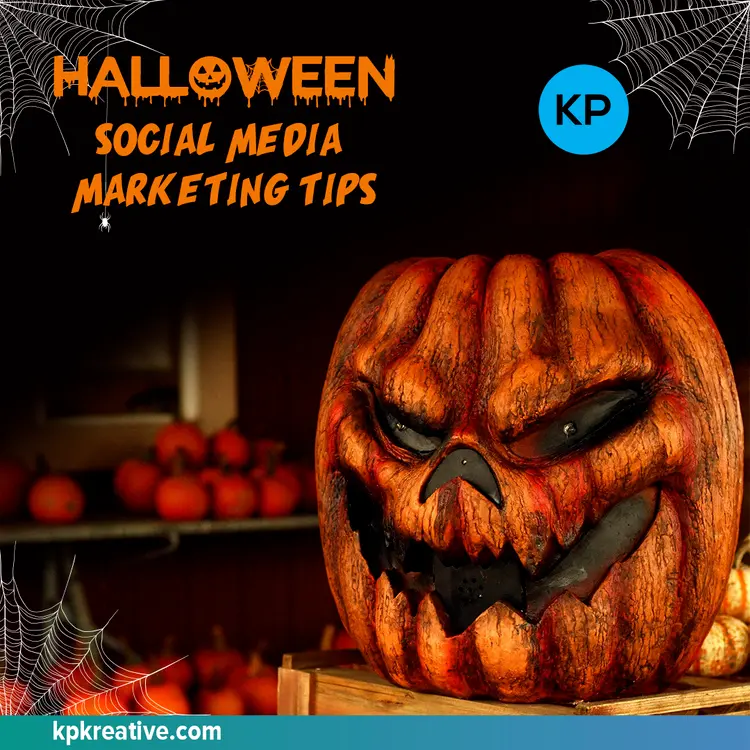Last week, I explained the importance of using LinkedIn Groups for your business. According to LinkedIn, groups "provide a place for professionals in the same industry or with similar interests to share content, find answers, post and view jobs, make business contacts, and establish themselves as industry experts."
If you're ready to get started with LinkedIn Groups here's what you need to do:
1. Join groups with members who are experts in your industry or prospective clients. Create content such as blog posts, video tutorials, articles, guides, how-to's that cover topics relevant to the groups you've joined. This will help you establish your company as an industry leader and to promote your products and services in a natural way. If you are finding groups related to your industry, but none are quite right, you should create your own. Your intended clients are most likely a specific group of people. This will allow you to build an audience, gain new members, and propagate your brand.
2. Don't overdo it. Make sure you don't spread yourself too thin. Only join groups that you are capable of being an active participant in. Joining or creating 25 groups and barely participating in them will not work well. Keep your groups at a manageable level so that you can maintain an active presence in them.
3. Establish yourself as an expert. To establish yourself as an industry leader, contribute to discussions in your LinkedIn groups. According to LinkedIn, participants who comment on group discussions get four times the number of profile views. More profile views can lead to an increased network and more potential leads. Don't always push your own product when posting. Answer other member questions and direct them to helpful resources while using your experiences to help them. This will get your name out there as an expert and when your company would be useful to group members they will think of you first.
4. Poll group members. Market research is extremely important for your business. LinkedIn Groups give you free access to your market and your peers so take advantage of it by asking them what they think. LinkedIn Groups allow you to create free polls with up to five answers. Just make sure your poll is not to sales-pitchy. Don't push your product when you're trying to get genuine feedback about it.
5. Get your employees involved. Encourage your employees to engage in dialogue in your LinkedIn Groups as well. They should be experts in your industry as well, and their voice will add a little extra to the mix. Don't forget to provide them with training on how to properly represent your brand on LinkedIn!
For detailed information on how to create, join or manage a LinkedIn Group, go to the LinkedIn Groups -- Getting Started page.
Related Posts

Halloween Social Media Marketing Tips
Whether you are garishly ghoulish or princess prim and proper, there are fantastic ways to get your brand in the spotlight over the Halloween Holidays.Covid-19 may have put a damper on the season of scary marketing, but you don’t have to shy away under the covers this Halloween. Get your juices flowing with some of the best Halloween campaigns from 2019

Tips to Make Your Social Media Accounts More Inclusive
We’ve long touted the impact that social media can have when it comes to spreading a message. This could be anything from sharing your latest sale to opening up about who your brand is. In celebration of Pride and our commitment to being more inclusive as an agency, we’ve put together some tips to help make your social media channels more inclusive. Along with general inclusivity tactics, you’ll also find tips on LGBTQ+ and racial inclusivity.

Social Media Marketing with Your Pet
If you know KP Kreative, you know Laudy, our Chief Barketing Officer. Not only is Laudy great for keeping things paws-itive, she also helps create unique and engaging content. In honor of National Pet Week, let’s dig in (last corny joke, I promise) to how you can make your pet a part of your marketing strategy.


